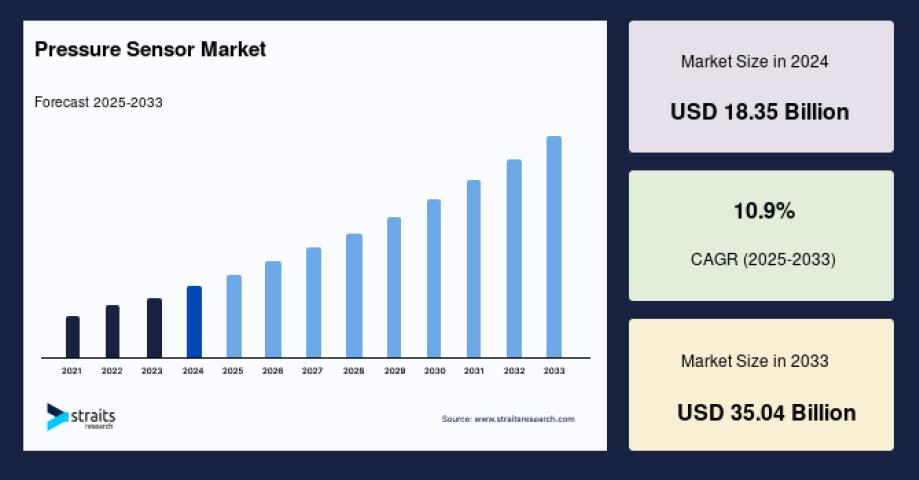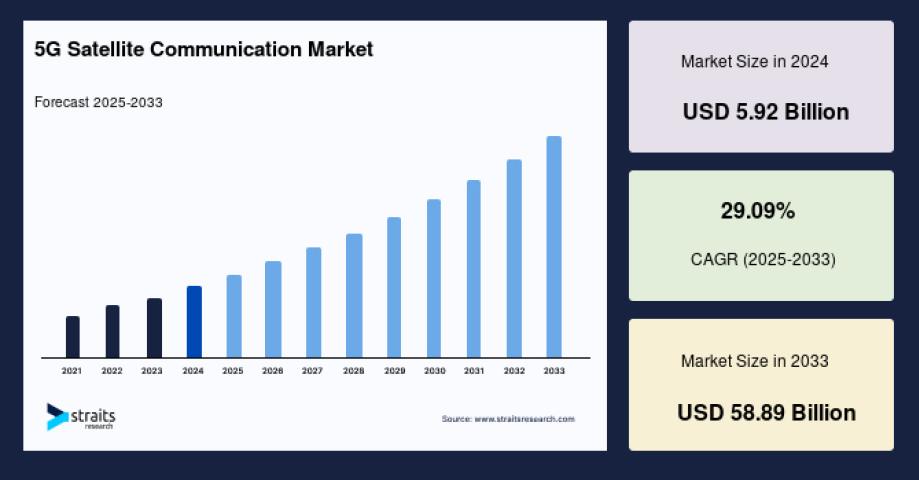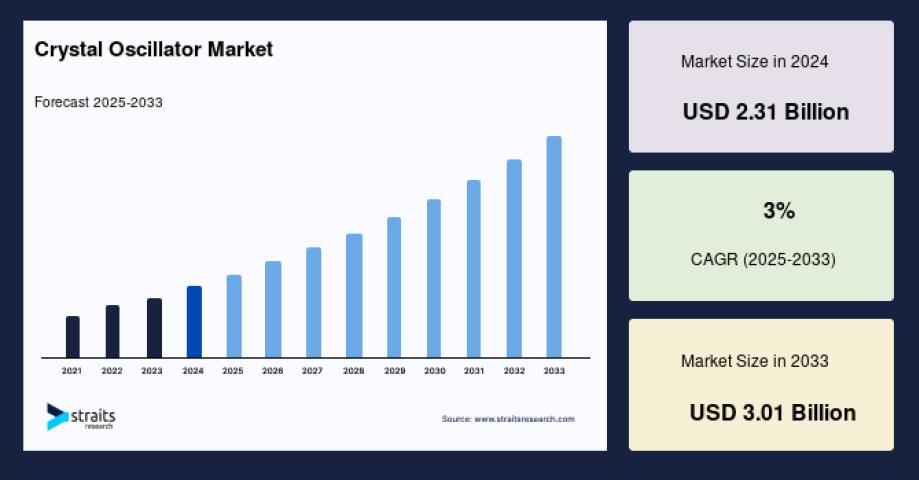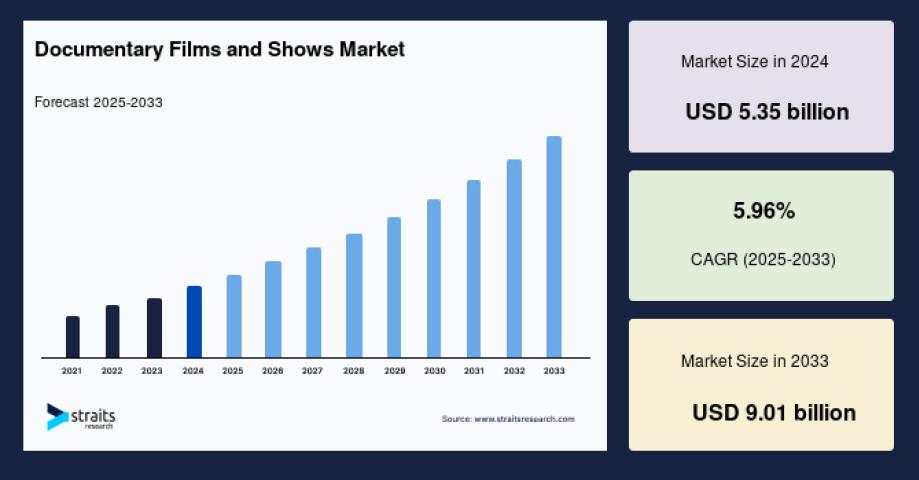The anisotropic conductive film market has witnessed significant growth in recent years, driven by advancements in electronics and the increasing demand for high-performance materials. ACF is a crucial component in the assembly of electronic devices, providing both electrical conductivity and mechanical adhesion. It is primarily used in applications such as flat panel displays, semiconductor packaging, and printed circuit boards. The global ACF market is projected to continue expanding as industries increasingly prioritize miniaturization and the performance of electronic components.
Market Trends
Several trends are shaping the anisotropic conductive film market. First, the rapid growth of the consumer electronics sector, particularly smartphones, tablets, and wearables, is driving the demand for ACF. Manufacturers are seeking lightweight, durable materials that offer superior electrical conductivity to meet the performance demands of modern devices. Additionally, the trend toward miniaturization in electronics is leading to the development of thinner and more efficient ACF products. Furthermore, the integration of ACF in advanced applications like flexible displays and automotive electronics is creating new growth opportunities in the market.
The global Anisotropic Conductive Film Market size was valued at USD 2.65 billion in 2022 and is projected to reach USD 4.15 billion by 2030, growing at a CAGR of 5.88% from 2023 to 2030. In the scope of work, the report includes products offered by companies such as 3M, SunRay Scientific, PVA TePla America, DELO Industrial Adhesives LLC, Pixel Interconnect, Dexerials Corporation, Henkel AG & Co. KGaA, Showa Denko Materials Co., Ltd., BTECHCORP and Others.
Demand Dynamics
The demand for anisotropic conductive film is primarily influenced by the increasing production of electronic devices. The rise of the Internet of Things (IoT) and smart technologies is also contributing to this demand, as more devices require efficient connectivity solutions. Moreover, the growing emphasis on energy efficiency in electronic products is driving manufacturers to adopt materials that reduce power consumption while enhancing performance. ACF provides a unique solution by enabling the integration of high-density interconnections without compromising on size or weight.
Future Outlook
The future outlook for the anisotropic conductive film market appears promising. Analysts predict substantial growth, driven by technological advancements and increasing applications in various sectors. The automotive industry, for example, is rapidly adopting ACF for electric vehicles (EVs) and autonomous driving technologies, requiring advanced connectivity solutions. Additionally, the ongoing research and development efforts to enhance the performance characteristics of ACF will likely result in new product innovations, further propelling market growth. The increasing focus on sustainability is also prompting manufacturers to explore environmentally friendly ACF materials, aligning with global trends towards sustainable practices.
Market Segmentation
The anisotropic conductive film market can be segmented based on type, application, and region.
By Type: The market is segmented into polymer-based ACF, metal-based ACF, and composite ACF. Polymer-based ACF dominates the market due to its lightweight properties and superior flexibility.
By Application: Key applications include consumer electronics, automotive, telecommunications, and industrial automation. The consumer electronics segment holds the largest share, driven by the proliferation of smartphones and tablets.
By Region: Geographically, the market is segmented into North America, Europe, Asia-Pacific, Latin America, and the Middle East & Africa. The Asia-Pacific region is anticipated to witness the highest growth rate, owing to the presence of major electronic manufacturers and increasing consumer demand.
Competitive Landscape
The anisotropic conductive film market is characterized by intense competition, with several key players dominating the landscape. Major companies include 3M Company, Henkel AG & Co. KGaA, Avery Dennison Corporation, Sumitomo Bakelite Co., Ltd., and Toyochem Co., Ltd. These companies are focusing on innovation, product development, and strategic partnerships to enhance their market position. Additionally, mergers and acquisitions are common as companies seek to expand their product offerings and market reach.
Recent Developments
Recent developments in the anisotropic conductive film market include the introduction of advanced ACF products with enhanced performance characteristics. For instance, 3M has launched a new line of ACF designed for high-temperature applications, catering to the automotive sector's growing demands. Furthermore, Henkel has developed eco-friendly ACF solutions that reduce environmental impact while maintaining high performance. These innovations demonstrate the industry's commitment to addressing emerging challenges and meeting the evolving needs of customers.
Regional Analysis
Regionally, the Asia-Pacific region is the largest market for anisotropic conductive films, driven by the high concentration of electronics manufacturers in countries like China, Japan, and South Korea. The growing demand for consumer electronics and the rise of IoT devices in this region are significant factors contributing to market growth. North America and Europe also represent substantial markets, primarily driven by advancements in automotive technology and telecommunications. The increasing adoption of electric vehicles and smart technologies in these regions is expected to bolster demand for ACF in the coming years.
Conclusion
In conclusion, the anisotropic conductive film market is poised for significant growth in the coming years, fueled by advancements in technology and increasing demand across various applications. The focus on innovation, sustainability, and efficiency will drive the development of new ACF products, ensuring that the market remains dynamic and responsive to emerging trends. As manufacturers continue to prioritize high-performance materials in the assembly of electronic devices, the role of anisotropic conductive film will become increasingly vital in shaping the future of the electronics industry. Companies that adapt to these trends and invest in research and development will likely gain a competitive edge in this evolving market landscape.













